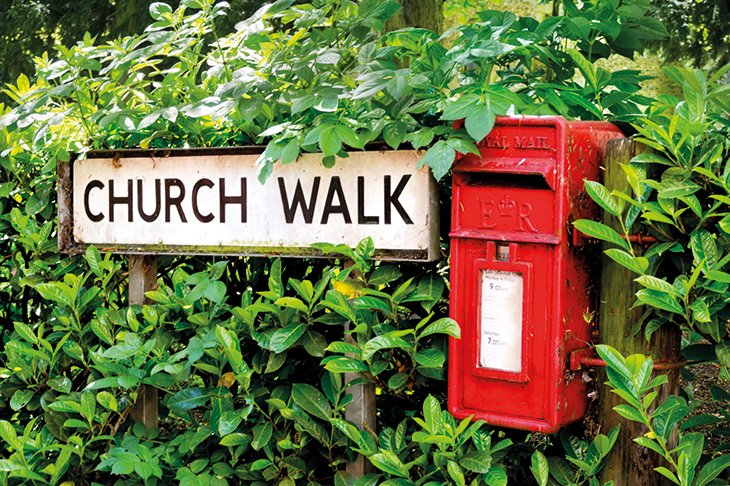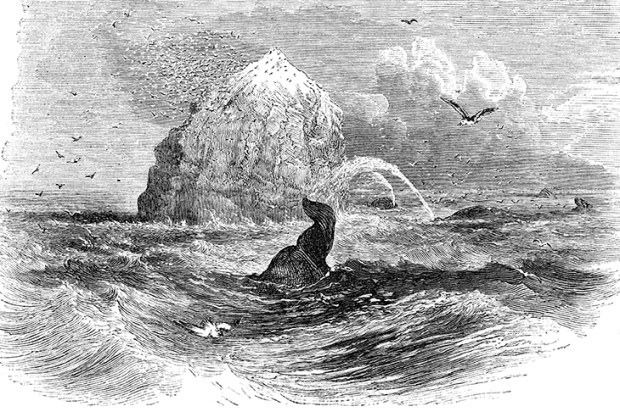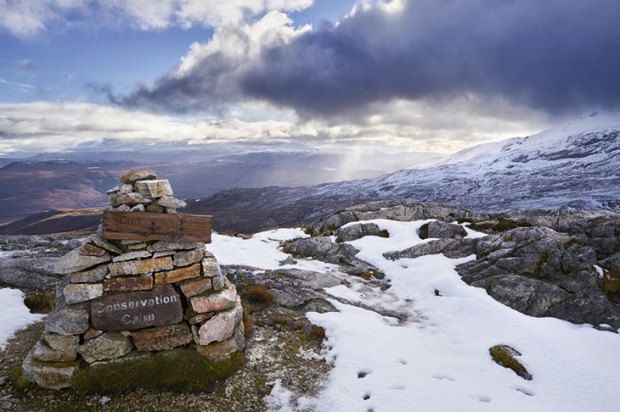You know where you are with a British street name. I don’t mean literally. I mean there’s a tacit humility to our islands’ hodonyms: they are short, simple and unpretentious. Not for us the long-winded commemorations of national heroes or local worthies: no Avenue du Révérend Père Corentin Cloarec or Burgemeester Baron van Voerst van Lyndenstraat.
Our street names are soundest away from the city. The High Street is thriving: it’s the commonest name in England and Wales, while Main Street leads the field in Scotland. Great Britain has some 3,600 of the two. A ‘street’ used to refer to a properly paved road, a practice imported by the Romans for their great connecting roads (Watling, Ermine, Stane, Dere). Medieval journeymen stared in wonder at such ‘stone streets’, which flaunted a long-forgotten technology.
By the time of Henry I, streets were a protected brand: they should be wide enough for two carriages, or 16 knights on horseback. Roads were late coming: Shakespeare was the first to use the word. It’s a happy fact that the City of London is so ancient as to have no ‘Roads’. These age-old differences are fossilised in our language: there are 600 ‘The Streets’, but there is no ‘The Road’.
Given the antiquity of the parish church, it’s understandable that there are more Church Lanes than Church Streets or Roads, which number 5,500 together. But second most common are the 2,000 Station Roads, almost all of which appeared in the latter half of the 19th century. Add Mill and School to these dominant names, and you have some 14,000 streets — but still not even 2 per cent of the nation’s named roads.
Street-naming was for centuries the result of informal village vernacular; in urban communities, pragmatism pointed out civic features, business quarters and farther-flung directions. Take York, for instance. That rickety medieval street, The Shambles, actually reflects the ‘fleshammels’, the meat shelves; the quaint Blossom Street is a banalisation of Ploughswain Street. As for the bizarre Whipmawhopmagate, one of the nation’s shortest streets, it seems to mean ‘Neither-one-thing-nor-the-other-street’. Nineteenth-century urbanisation increasingly commemorated aristocratic landowners, parliamentarians worth their salt, and battles in which locals fell. Still, few individuals are widely recognised across the country’s streets: Victoria is much in the lead, followed by Albert, Alexandra and Edward. More pointedly timeless are the myriad King and Queen Streets.
New roads in the 20th century preferred to honour developers. But in the 21st century we are beset with councils and their wide-eyed mission statements: Leyland boasts a Sustainability Way, Norwich a Friendship Road, Warrington a Sunset Boulevard. For no-nonsense Scots, Loanhead’s Costkea Way frames for all time the shopping prospects of Costco and Ikea. Modern developments are mere guesswork. The Cherries and The Normans (Slough) sound like forgotten barbershop ensembles of the late 1960s; Mango Place and Coconut Grove (Salford) are just unsuitable.
The history preserved by street names is substantial and worthy of pride; it is sufficient to say that the commonest street name in America is ‘2nd’. But some questions remain unanswered: Why are there so many more West Streets than East? And why did Oxonians rename Gropecunt Lane to Magpie Lane?
Got something to add? Join the discussion and comment below.
Get 10 issues for just $10
Subscribe to The Spectator Australia today for the next 10 magazine issues, plus full online access, for just $10.
You might disagree with half of it, but you’ll enjoy reading all of it. Try your first month for free, then just $2 a week for the remainder of your first year.














Comments
Don't miss out
Join the conversation with other Spectator Australia readers. Subscribe to leave a comment.
SUBSCRIBEAlready a subscriber? Log in